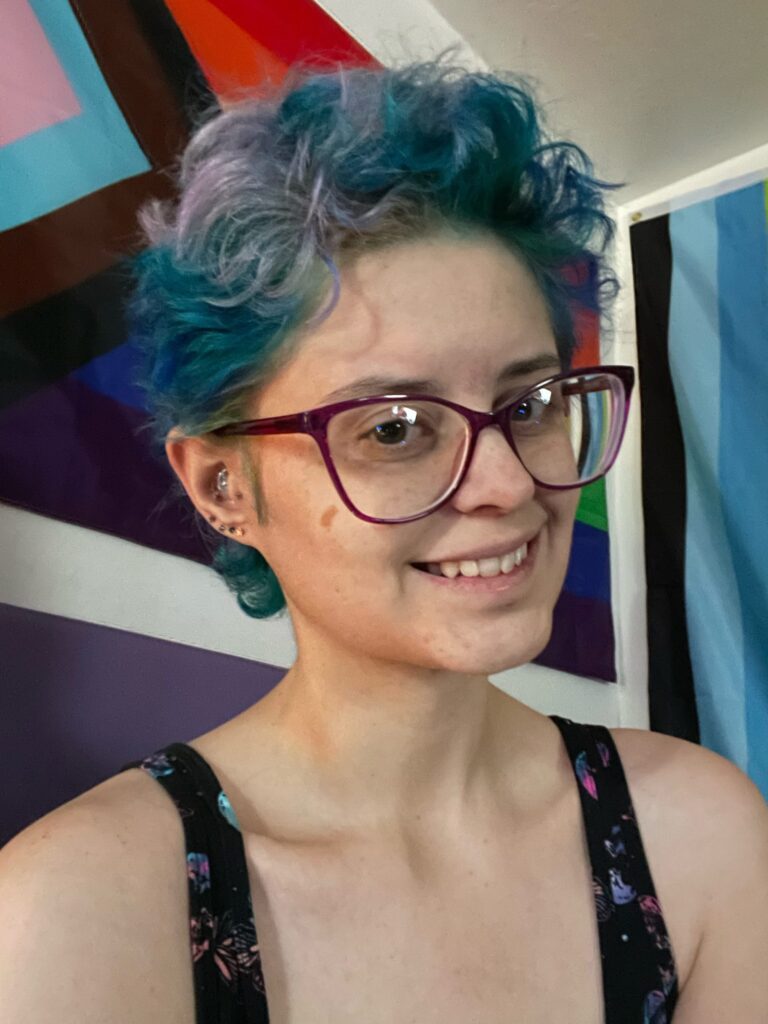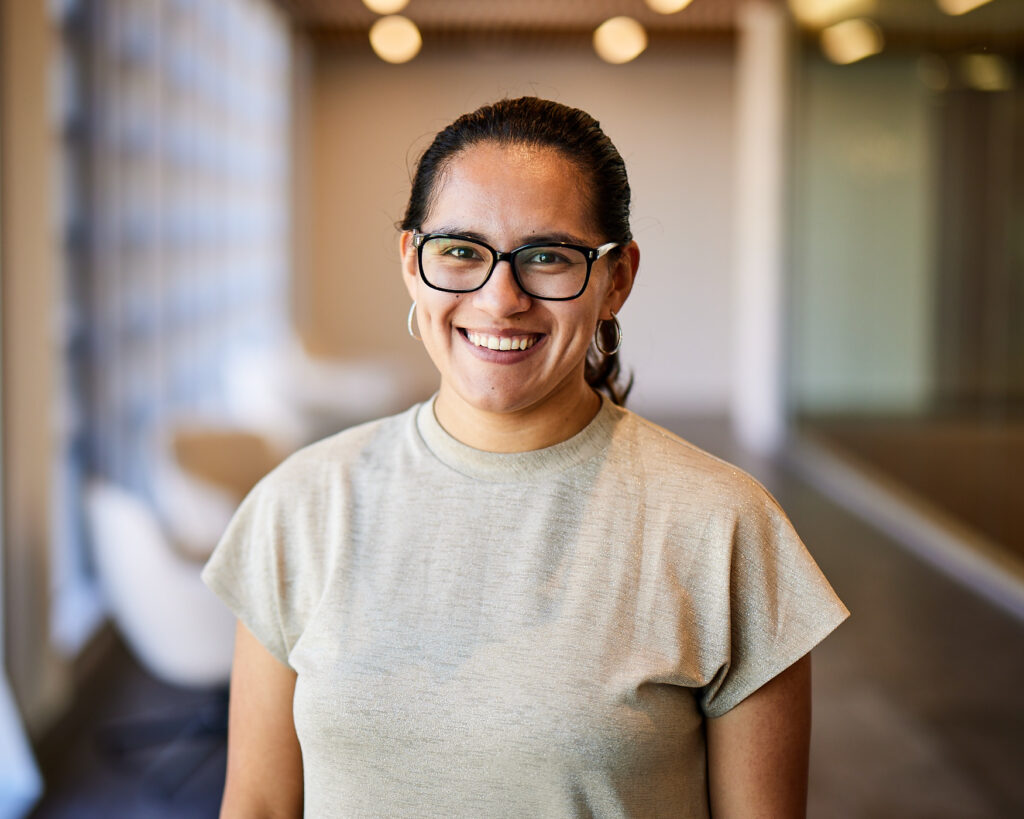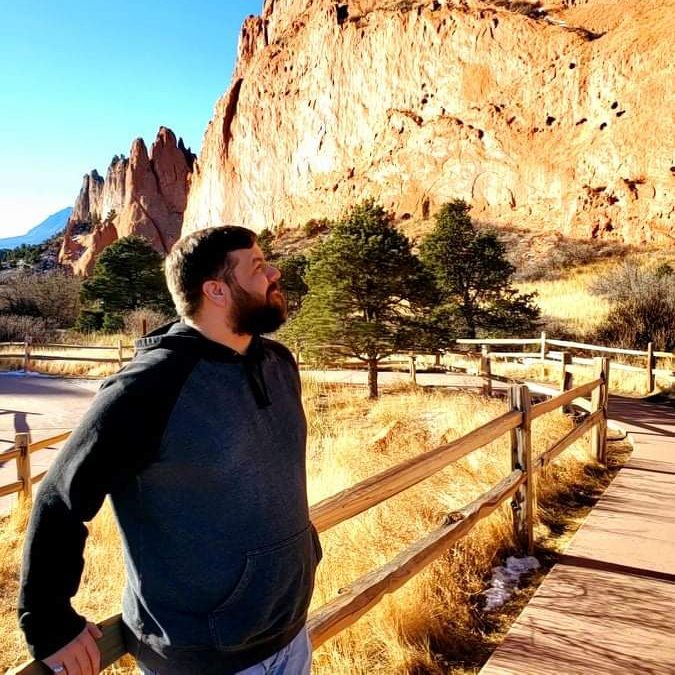Most of us intuitively know what we need to do to stay healthy — eat better, exercise, get more sleep and reduce stress.
But knowing and doing are two different things. Many of us struggle to take the necessary actions to improve our health. Some of us just need a little nudge to get started. November is Diabetes Awareness Month, and we wanted to raise awareness about the risk but also shine a light on people who after learning of their own risk got educated and took action to lower it.
For Tracy, the nudge came from a 23andMe report, powered by 23andMe Research, indicating that she had a higher likelihood of developing type 2 diabetes based on her genetics. It wasn’t that the result was a surprise — the condition runs in her family. It was simply seeing the report, spending the time to read it, and knowing that it confirmed what she already knew: She needed to take better care of herself.
”Seeing it there, in your face … I actually have to do something about that,” Tracy said.
This is Heavy
Part of the promise of 23andMe is it offers people the information they and their healthcare provider can use to make better decisions about their health.
“The potential for 23andMe is really to massively change the way we are approaching our own health in terms of prevention,” said Anne Wojcicki, 23andMe’s CEO and co-founder. “I hope in 10 years we can have a society where people are proactively managing their health and getting information that helps them avoid disease.”
But what about right now?
According to the CDC, the number of Americans with diabetes has more than doubled in the last two decades. More than a third of adults in the United States are pre-diabetic. The vast majority of them, 84 percent, don’t even know they are at risk. About 34 million people in the US have diabetes.
The staggering number is a testament to how hard it is to make changes. Understanding the emotional and psychological hurdles people need to clear before taking the actions they already know they need to take to be healthy is essential.
There isn’t a perfect solution, but knowing your risk — whether from being overweight or having a higher genetic likelihood for the condition — is a first step to preventing developing type 2 diabetes. Finding the motivation to make a change is the next step.
We talked to a few 23andMe customers who used their 23andMe reports to help motivate them to make healthy changes. Here’s what they shared with us.
Change What You Can
For Tracy, a 54-year-old mother of three adult children, this information came right as she was thinking about the next stage of her life.
Contemplating being both a mother and grandmother. She wanted to avoid some of the health issues her own mother and grandmother dealt with in their lives. The 23andMe report, coupled with some concerning blood work indicating she was pre-diabetic, was all she needed for motivation. She started eating better, exercising more, and focusing daily on her health.

Since making those changes she’s lost 15 pounds, and her A1C levels — a measure of blood sugar levels over time — have returned to normal. Her weight loss has not always been consistent, rising and falling over the months. Still, she’s focused on the positives. She’s kept the weight off and has plans to lose 15 more pounds. And the positive changes she’s made started with her understanding of the role genetics together with lifestyle plays in one’s chances of developing type 2 diabetes.
“I can’t change the DNA, but I can change what I do daily,” Tracy said.
Being Prepared
Much like Tracy, Erick, a professional Jiu-Jitsu athlete, used his 23andMe report as motivation to keep focused on his health.
Erick, who served five tours in Afghanistan and is now in the Army reserves, is all about staying focused and prepared for what is to come. He said the health information within 23andMe’s report gives him the information he can use to be healthier and more prepared for the future.
“I want to know as much about my body as I possibly can so that I have the best advantage to train and compete,” Erick said.

He’s already in great shape, but he wants to do everything he can to stay healthy for his baby girl and two young sons. Seeing that he had a higher genetic likelihood of developing type 2 diabetes, he decided to talk to his doctor about it. One of the first things that he focused on was the type of food he eats.
“I grew up in the Midwest and was a real meat and potatoes guy!” he said.
That changed after seeing the report and a discussion with his doctor. It motivated him to reduce his consumption of red meat, replacing it with more fish and chicken. He and his coaches tweaked his training, and those simple changes helped him lose some excess weight.
He feels better and is as prepared as ever.
Taking Control
Unlike Erick, Kat (who uses the pronouns they/them) felt their weight issues were a given. Obesity runs in their family and they had sort of accepted it as their destiny.
But 23andMe’s report changed Kat’s point of view. Kat had an increased genetic likelihood of developing type 2 diabetes. But reading it made Kat realize that actually, their DNA wasn’t their destiny.
“With 23andMe, it made me feel like maybe I should care about my health and live my life like I’m going to make it after all,” Kat said.

Kat realized that yes their genetics plays a role but so does diet and lifestyle. Kat decided to make some healthy changes, eating better, exercising more, and changing their perspective on the future. After making those changes, Kat has already lost 50 pounds. And the transformation has inspired others in Kat’s family. Kat’s mom also adopted a healthier lifestyle, losing 15 pounds thus far.
“What’s cool about 23andMe is (it) gives me the inspiration that a lot of diet programs don’t provide,” said Kat.
And that success motivated Kat’s mom to also take action.
Self-Coaching
When she was on campus, Lucy helped fellow students as a volunteer with the University of Wyoming’s wellness program. As a wellness ambassador, her job was to help others through education, conducting health screenings, health coaching, or simply lending an ear to listen. She never expected that she would use some of those skills for her own wellness.
An adoptee, Lucy used 23andMe to learn a little bit more about her ancestry, but it was her health reports that ended up drawing most of her attention. Learning that she had a substantially increased genetic likelihood of developing type 2 diabetes prompted Lucy to act.
“I was shocked,” she said.
It prompted her to go back and look at her most recent blood work, and she saw that she was on the cusp of being pre-diabetic.
Her 23andMe report and blood test drove her to act.
“It has really given me the motivation to start eating healthier and exercise more,” Lucy said.

With a weakness for sweets, Lucy knew she had to work at maintaining a healthy lifestyle but she got some help from those she loved. At home, Lucy’s mom made sure to stock the house with food options to support Lucy’s goals, and at school, her boyfriend, now her husband, helped her by changing his diet and working out with her at the gym. She’s already noticed a change, even in how her body responds when she strays and eats something sugary. It’s also helped her in her volunteer role, allowing her to share her own experience of making healthy choices every day. Now that she’s married and recently graduated from school, she’s carrying those lessons with her. She knows that those decisions don’t only help her but her family and the people she cares about and who care about her.
“I do not want my health problems to negatively affect the people I love the most,” she said. “I am so thankful to have learned about this earlier rather than later.”
Staying Around Longer
David was always curious about what he could learn about using 23andMe, but he didn’t try it until some friends gave it to him as a gift for his birthday. All the curiosity had been focused on what he might learn about his ancestry. He didn’t expect that his health reports would have much more impact on his life.
Among the things he learned about his health was that he had an increased likelihood of developing type 2 diabetes. The father of a 13-year-old, and on the cusp of getting married again, the result got his attention.
“It prompted me to make myself healthier,” he said
After seeing his report he talked to his doctor.
“I went to my doctors and asked what the best course of action would be,” David said.

It wasn’t too complicated, his doctor told him.
“Primarily, it’s diet and exercise,” David said.
Although the advice seemed generic, for some reason it felt more personal. David could see that he not only had a higher genetic likelihood but that his lifestyle choices put him at a higher chance for type 2 diabetes.
“I know that sounds like a catchall but honestly it really is (what you need to do),” he said.
David started with the simple things. He cut out fast foods, processed meats, and cheese from his diet. The latter was a little hard for him.
“I love cheese,” he said.
But he kept at it, motivated to act not just because of his genetic likelihood and his overall health but because he saw how diabetes had ravaged his mom and his grandmother. He knows what it means to live with the condition, and that’s what kept him going.
“It’s a journey,” he says.
A surgery set him back but he’s recently started to get into the gym again, and he’s running training for a 5K, as well as some obstacle races that some of his friends are doing.
“I’m ready to catch up with them,” David said.
But it’s not just about doing stuff with his friends. He thinks about his son.
“ I want to be the role model he needs,” David said. “I don’t want to lead by a bad example of what not to be. I need to be around for a long time.”
*Important Note: The 23andMe Type 2 Diabetes report is based on 23andMe research and incorporates more than 1,000 genetic variants to provide information on the likelihood of developing type 2 diabetes. The report does not account for lifestyle or family history and has not been reviewed by the US Food and Drug Administration. Click here for additional important information.